Exchange functional or service mailboxes are often integrated as an additional mailbox in Outlook. Here in the example with the Info mailbox:
As long as only one user has connected the mailbox, this is not a problem, but if several people access the Info mailbox and also send mails from the Info mailbox, a problem arises. Mails sent from the Info sender do not end up in the "Sent items" folder of the Info mailbox, but in the mailbox of the user who sent the mail.
This is of course bad if the other users cannot see the sent elements. There are two registry keys that ensure that the sent and deleted elements are stored in the corresponding mailbox and not in the mailbox that carried out the action:
http://support.microsoft.com/kb/202517/en-us
The Technet article above describes how to change the behavior for Sent and Deleted items accordingly. However, changing the local registry has the disadvantage that this must be done per user and also for new users, sometimes this is not so easy to implement, for example, if clients are not within the Active Directory or if users send the mails via OWA.
However, this behavior can be set centrally on the Exchange Server for the "Sent items" folder using the following command:
Set-MailboxSentItemsConfiguration info -SendAsItemsCopiedTo senderandfrom -SendOnBehalfOfItemsCopiedTo senderandfrom
Unfortunately, this setting is only available for "Sent items" but not for "Deleted items"... Incidentally, this CMDlet was removed again with Exchange 2013. Only the registry keys can help.
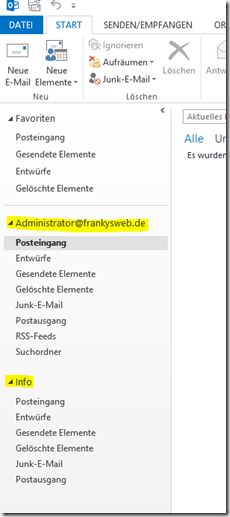
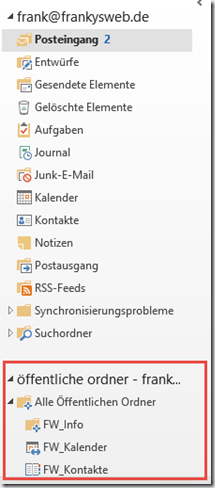
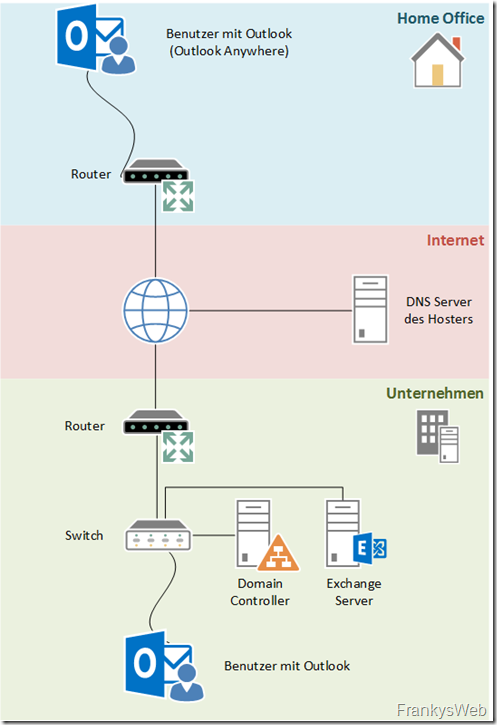
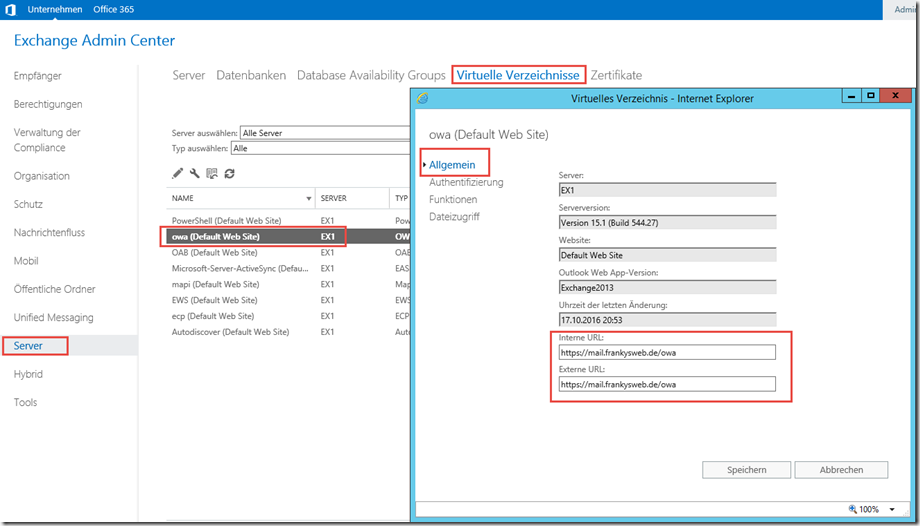

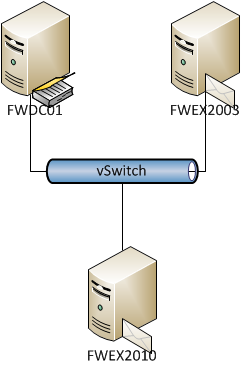

Mit Exchange 2013 gibt es nun ein Workaround:
Get-Mailbox | Set-Mailbox -MessageCopyForSentAsEnabled $true -MessageCopyForSendOnBehalfEnabled $true
Hallo Frank,
danke für die Infos. Gibt es bei dieser Einstellungen irgendwelche Nachteile?
Grüße
Rolf